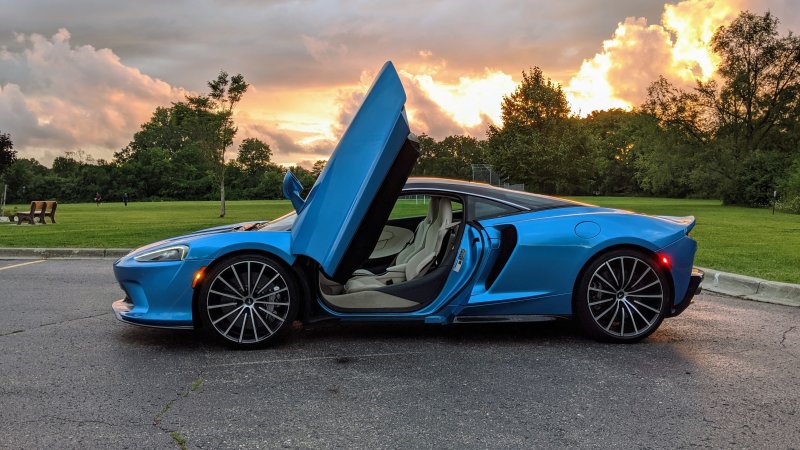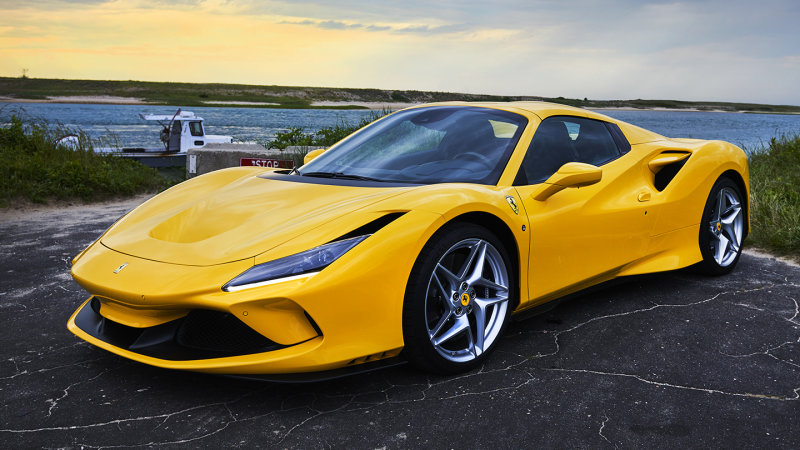Sony has been spreading its imaging talents across a wide swath of camera products, from its mirrorless rigs to DSLR’s, point-and-shooters to action cameras. The new RX0 II (along with its predecessor, the RXO) is in a class by itself. It’s not an action camera — the appropriately named Action Cam line fills that slot more directly — and it’s not just a ruggedized point-and-shoot, either, since it doesn’t have the zoom capability or the typically larger sensor those cameras have. Instead, it’s simply the smallest and most durable camera for any of those users. It’s like they averaged out the needs of all the photographers in the world and compressed the result into a bulletproof 5-ounce box that fits in the palm of your hand.
The good: This RX0 II ($698) introduces a few key improvements, most notably internal 4K video and a flip-up/down rear screen. The waterproof cube now has image stabilization, and its baseline usability and quality make it a fine companion on most adventures. Finally, it’s crush-proof. Like, really crush-proof. You can place the RX0 II on a golf tee, drive it straight into the face of Half Dome, and get some pretty great footage of the whole affair. (In all seriousness, it’s rated to 440 pound-feet of crush-proofing, a number that likely reflects the glass and screen giving up first.) It’s got nicely granular programmability and lots of features from the larger prosumer cameras.
Who it’s for: The camera is clearly targeted toward vloggers and other types of creators, something Sony mentions explicitly in its media information. But that’s a bit misleading. After all, this is a mass-market — though relatively expensive — product, and the only fully ruggedized camera in Sony’s lineup. So while YouTubers and Instagrammers and folks making content professionally will certainly have their curiosity piqued, it’s for anyone looking to make photos and videos and who want a more compelling or more specifically capable alternative to the GoPros. It’s a top-shelf travel camera and yes, it takes great selfies, given the flip-up screen.
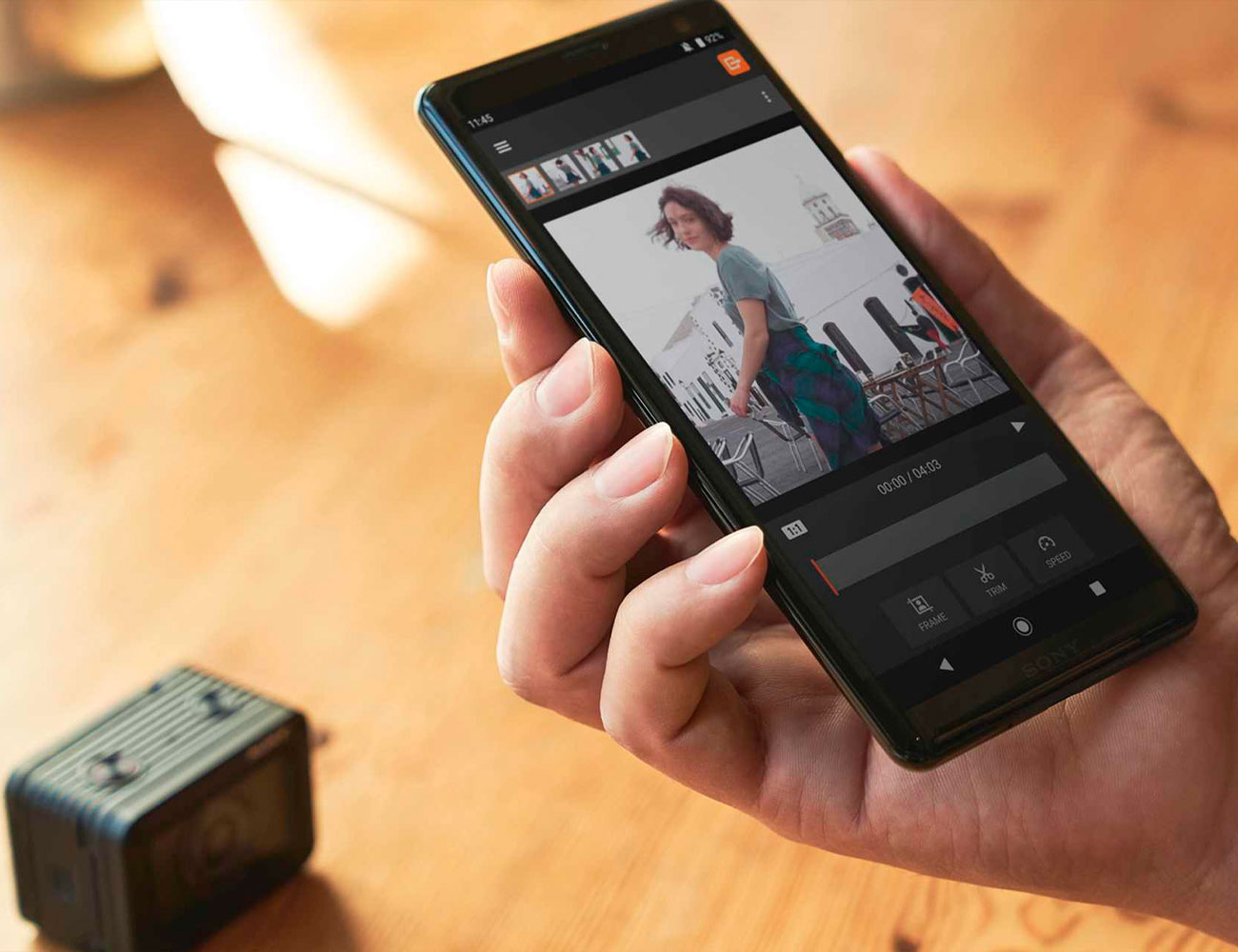
Watch out for: There are a few critical caveats with this camera, of particular note to anyone cross-shopping it against conventional action cameras such as the GoPro line. First, while it can now shoot 4K video directly to the camera — instead requiring tethering to a separate device that can process the stream, as in the original version — it’s not a true action camera. The field of view is tighter, which is a good thing for most shooters, so you won’t have the extreme wide-angle views that make mounting and aiming the camera easier, and the field of view isn’t universally in focus, so it has to focus with each shot. Finally, it’s not set up like an action camera, with simplified menus and quick, idiot-proof activation.
Alternatives: There aren’t many that sync up specifically with this camera’s features and capabilities. That said, in terms of size and general durability, the GoPro lineup or Sony’s own Action Cam models are roughly equivalent.
Review: I brought the RX0 II on several trips and shooting expeditions, and it proved to be a reliable and valuable travel companion, as well as a quick and easy tool for those instantaneous photo-ops — the ones where firing up the smartphone is a bit complicated even when access is integrated into the home screen. With the RX0 you simply turn it on and start firing — two buttons you can access and engage without looking. In automatic mode, the camera produced good images across a variety of conditions and better ones when you dialed in the exposure via the manual settings. The Zeiss lens proved as sharp as it always has been, and the 24mm optics, with its 85-degree field of view, wide enough to be broadly useful without generating the fisheye effect that most action cameras generate. The images don’t have that “GoPro look,” which is a good thing if you’re taking your shooting seriously.
The images don’t have that “GoPro look,” which is a good thing if you’re taking your shooting seriously.
Though Sony bolstered the camera’s video capabilities, it’s still designed and oriented much more as a stills camera that also shoots videos. By that I mean its menu system mimics that of Sony’s DSLR and mirrorless cameras. All shoot great video, but they aren’t engineered solely for that person. As a result, if you’re not already familiar with Sony’s menu conventions and its operational logic, it will take you a little while to figure out, for instance, how to flip back and forth between still and video modes. It’s a multistep process executed via the rear screen, since there are no external buttons. (These are limited to just power and shutter.) So be willing to dig in a bit to the instruction manual. “Intuitive” isn’t exactly Sony’s middle name.
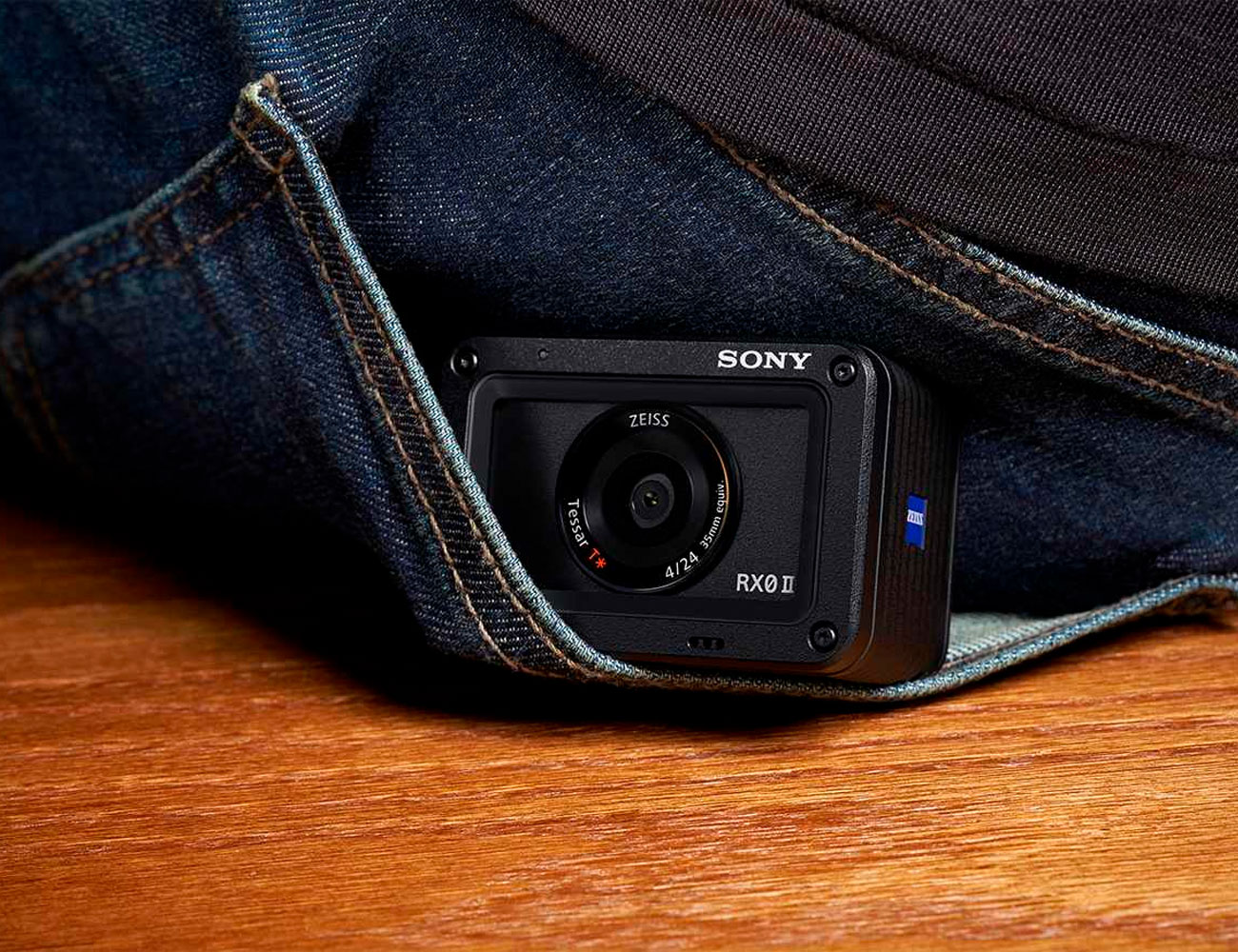
The addition of a flip-up screen is welcome. This isn’t because it makes selfies or vlogging easier when you pivot it straight up to 180 degrees — though it certainly does that — but rather it enables you to much more easily compose images when the camera is down low to the ground or held up above your head. In any camera without this feature, you have no way of confirming the view in these positions, so having a tilting screen essentially triples your possible perspectives while shooting.
Other welcome features further push this already highly compelling package’s appeal, including the high shutter speed of 1/32,000 second. That’s of limited practical use since the lighting demands are quite high, but if you know how to work with such speeds you can grab beautiful freeze-frame images. Additionally, the 16 frames-per-second shooting rate greatly improves your chances of getting a perfect frame while shooting action sequences. Just remember to get close to your subject, since a 24mm lens is wide enough that you might lose the impact of high-speed events. Speaking of getting close, the addition of Sony’s Eye AF autofocus feature is another great boon, as it vastly improves your ability to get excellent portraits of people.
There are other somewhat more esoteric capabilities, including improvements in 4K recording performance and the ability to control up to 5 cameras via Sony’s app. Hardcore users will like its compatibility with Sony’s Camera Control Box system, which allows control of up to 100 wired cameras from a single device, such as when creating creative visual effects like 360-degree rotations around a moving subject. (Should you have $70,000 to invest in such a rig, of course.) Most users, though, will be happy with the camera’s more conventional programmability, as well as its reliably Sony-caliber results.
Verdict: The RX0 II is a fine camera for those who know exactly what they’re getting into — essentially a mini-DSLR with a fixed lens and a rock-hard case. Once you become adept at navigating the settings on the fly, doing so becomes quick and easy. There’s an unmistakable learning curve in this respect, but it’s worth it if you’re looking for high-quality images or video shot from a variety of angles or with yourself in the image, monitored via the tilt-up screen. But if you don’t have a specific need for this particular camera, a GoPro might indeed be a better, and cheaper, alternative — especially given the camera’s recent improvements in usability and versatility.
Key Specs
Sensor: 1-inch 20 MP, cropped down to 15.3 MP
Lens: Zeiss Tessar T* 24mm F4
Video: Up to 4K
Still shooting: Up to 16fps continuous with shutter speeds up to 1/32,000 second.
Sony provided this product for review.
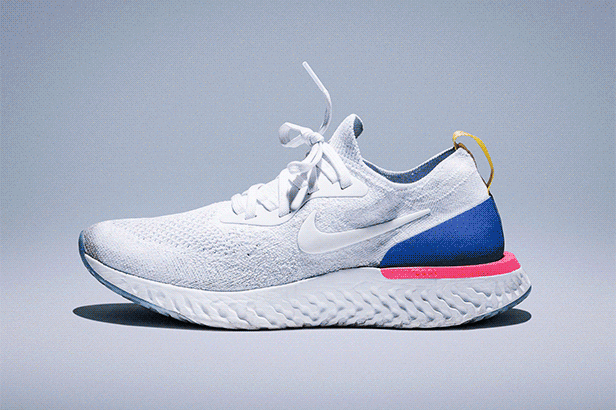
Hot takes and in-depth reviews on noteworthy, relevant and interesting products. Read the Story



